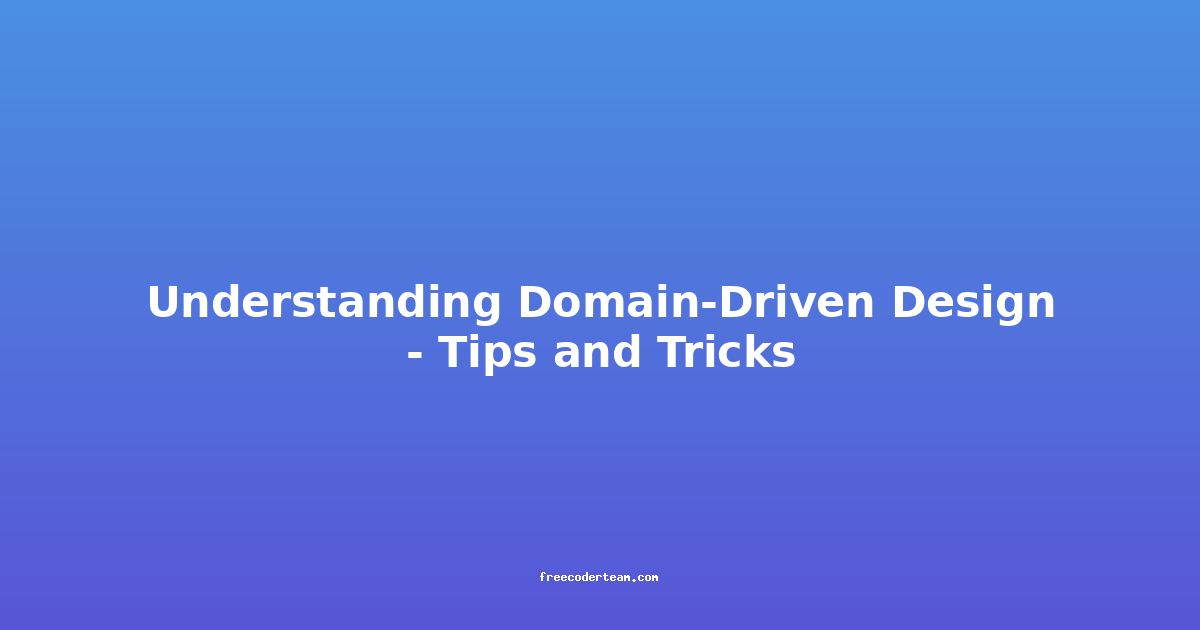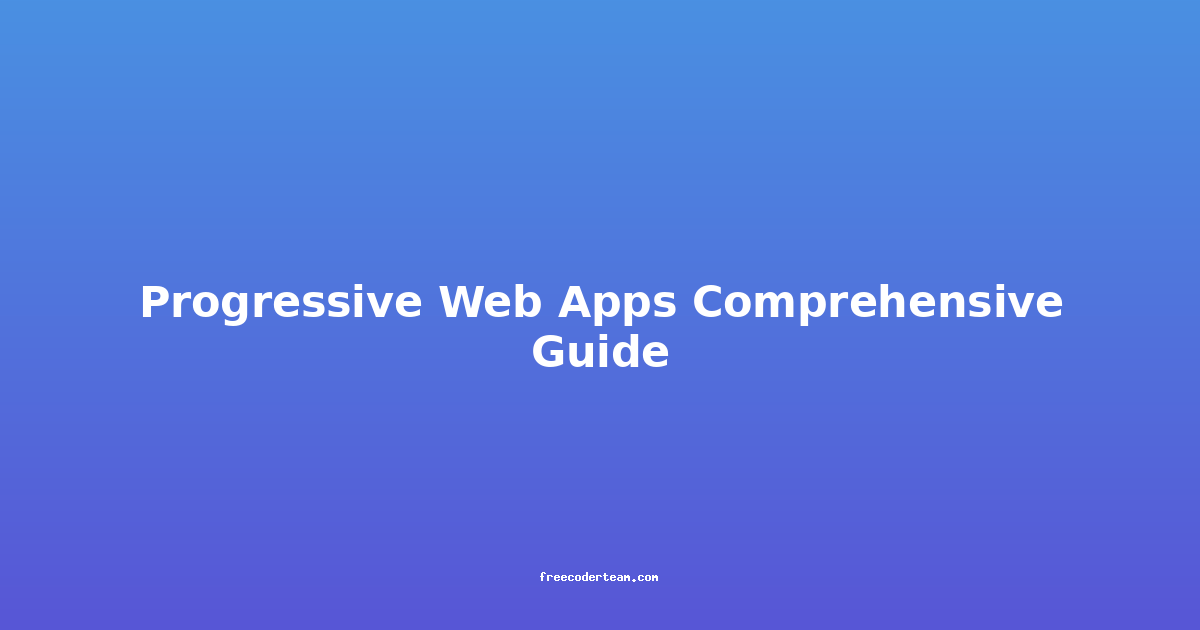Responsive Web Design: From Scratch
In today's digital landscape, where users access websites from a variety of devices—ranging from smartphones and tablets to laptops and desktops—responsive web design (RWD) has become a cornerstone of modern web development. Responsive design ensures that a website adapts seamlessly to different screen sizes and resolutions, providing an optimal viewing experience across all devices.
In this comprehensive guide, we'll explore the fundamentals of responsive web design, best practices, and actionable insights to help you build websites that are not only visually appealing but also functional and user-friendly. Whether you're a beginner or an experienced developer, this post will equip you with the knowledge and tools to create responsive websites from scratch.
Table of Contents
- Understanding Responsive Web Design
- Key Principles of Responsive Design
- Tools and Technologies for Responsive Design
- Step-by-Step Guide to Building a Responsive Website
- Best Practices for Responsive Design
- Common Pitfalls to Avoid
- Conclusion
Understanding Responsive Web Design
Responsive web design is an approach to web development that ensures a website's layout, content, and functionality adjust dynamically to the device it's being viewed on. The goal is to provide a consistent and intuitive user experience, regardless of the screen size or orientation.
Why Responsive Design Matters
- Improved User Experience: Users expect websites to look and function well on any device they use. A responsive design ensures that your site is accessible and easy to navigate.
- Better SEO: Search engines like Google prioritize mobile-friendly websites in their rankings. A responsive design can boost your site's visibility.
- Cost-Effective: Instead of maintaining separate websites for desktop and mobile, responsive design allows you to manage a single site that works everywhere.
Key Principles of Responsive Design
To build effective responsive websites, it's essential to adhere to the following principles:
1. Mobile-First Approach
Start designing for mobile devices first and then scale up for larger screens. This approach ensures that your website is optimized for smaller screens, which often have slower connections and limited screen real estate.
2. Fluid Grids
Use relative units like percentages or em instead of fixed pixels for layout dimensions. This allows elements to resize proportionally based on the screen size.
3. Media Queries
Media queries are CSS rules that apply styles based on the characteristics of the device, such as screen width, height, or orientation. They enable you to tailor the design for specific screen sizes.
4. Flexible Media
Images, videos, and other media should be scalable to fit the screen size without losing quality. Use techniques like responsive images and video embeds to ensure optimal performance.
5. Touch-Friendly Interactions
Design elements like buttons and links should be large enough to be easily tapped on touchscreens. Aim for a minimum tap target size of 48px by 48px.
Tools and Technologies for Responsive Design
To build responsive websites, you'll need a solid understanding of the following technologies:
1. HTML5
HTML5 provides semantic elements that help structure your content logically. For example, <header>, <nav>, <main>, and <footer> make it easier to create adaptable layouts.
2. CSS3
CSS3 is the backbone of responsive design. Features like flexbox, grid, and media queries are essential for creating flexible and adaptive layouts.
3. JavaScript
While not always necessary, JavaScript can enhance interactivity and responsiveness, especially for dynamic content or complex animations.
4. Frameworks and Libraries
Frameworks like Bootstrap, Foundation, and Tailwind CSS provide pre-built responsive components and utilities, speeding up development.
Step-by-Step Guide to Building a Responsive Website
1. Setting Up the Project
Start by creating a basic HTML structure. Include a viewport meta tag in the <head> section to ensure the browser renders the page correctly on mobile devices.
<!DOCTYPE html>
<html lang="en">
<head>
<meta charset="UTF-8">
<meta name="viewport" content="width=device-width, initial-scale=1.0">
<title>Responsive Website</title>
<link rel="stylesheet" href="styles.css">
</head>
<body>
<header>
<h1>My Responsive Website</h1>
</header>
<main>
<section>
<h2>Welcome!</h2>
<p>This is a responsive website built from scratch.</p>
</section>
</main>
<footer>
<p>© 2023 My Responsive Website</p>
</footer>
</body>
</html>
2. Creating a Mobile-First Approach
Begin by styling your website for mobile devices. Use relative units and ensure that the content is readable and functional on small screens.
/* styles.css */
body {
margin: 0;
font-family: Arial, sans-serif;
}
header, main, footer {
padding: 1rem;
}
h1, h2 {
margin: 0;
}
/* Mobile-first styles */
@media (max-width: 600px) {
header {
text-align: center;
}
main section {
margin: 1rem 0;
}
}
3. Implementing Media Queries
Use media queries to adjust the layout for larger screens. For example, you can make the layout more spacious and introduce a sidebar for desktop views.
/* Tablet and desktop styles */
@media (min-width: 601px) {
body {
display: flex;
flex-direction: column;
align-items: center;
}
main {
display: flex;
width: 90%;
max-width: 1200px;
}
main section {
flex: 1;
margin: 1rem;
}
aside {
flex: 1;
background-color: #f0f0f0;
padding: 1rem;
}
}
4. Using Flexible Layouts
Flexible layouts ensure that your content adjusts dynamically. Use flexbox or grid to create adaptable structures.
/* Using Flexbox for a flexible layout */
main {
display: flex;
gap: 1rem; /* Space between sections */
}
/* Using Grid for a more complex layout */
main {
display: grid;
grid-template-columns: 1fr 1fr; /* Two equal columns */
gap: 1rem;
}
5. Optimizing Images and Media
Ensure that images are responsive by setting their width to 100% and using the object-fit property to maintain aspect ratios.
<img src="image.jpg" alt="Sample Image" class="responsive-image">
.responsive-image {
width: 100%;
height: auto;
object-fit: cover;
}
For videos, use the video element with similar styling.
<video controls>
<source src="video.mp4" type="video/mp4">
Your browser does not support the video tag.
</video>
Best Practices for Responsive Design
- Prioritize Content: Focus on delivering the most important content first, especially on smaller screens.
- Use Relative Units: Stick to percentages,
em, orremfor layout dimensions to ensure flexibility. - Test Across Devices: Regularly test your website on various devices and screen sizes to identify and fix issues.
- Optimize Performance: Minimize file sizes for images and scripts to ensure fast loading times, especially on mobile devices.
- Accessibility: Ensure your website is accessible to users with disabilities by following WCAG guidelines.
Common Pitfalls to Avoid
- Ignoring Mobile-First Design: Starting with desktop layouts can lead to poor mobile experiences.
- Overusing Media Queries: While media queries are essential, overusing them can make your CSS complex and difficult to maintain.
- Neglecting Performance: Large images, heavy scripts, and unnecessary animations can slow down your site.
- Ignoring Touch Interactions: Buttons and links should be large enough to be easily tapped on touchscreens.
- Not Testing: Relying solely on emulators can miss real-world issues. Test on actual devices whenever possible.
Conclusion
Responsive web design is not just a trend but a necessity in today's digital world. By following the principles of mobile-first design, using flexible layouts, and optimizing content for all devices, you can create websites that are both functional and visually appealing.
Remember, responsive design is an ongoing process. As new devices and screen sizes emerge, your website should evolve to meet the changing needs of your users. With the right tools, best practices, and a user-centric approach, you can build responsive websites that stand the test of time.
Happy coding! 🚀
If you have any questions or need further assistance, feel free to reach out.




